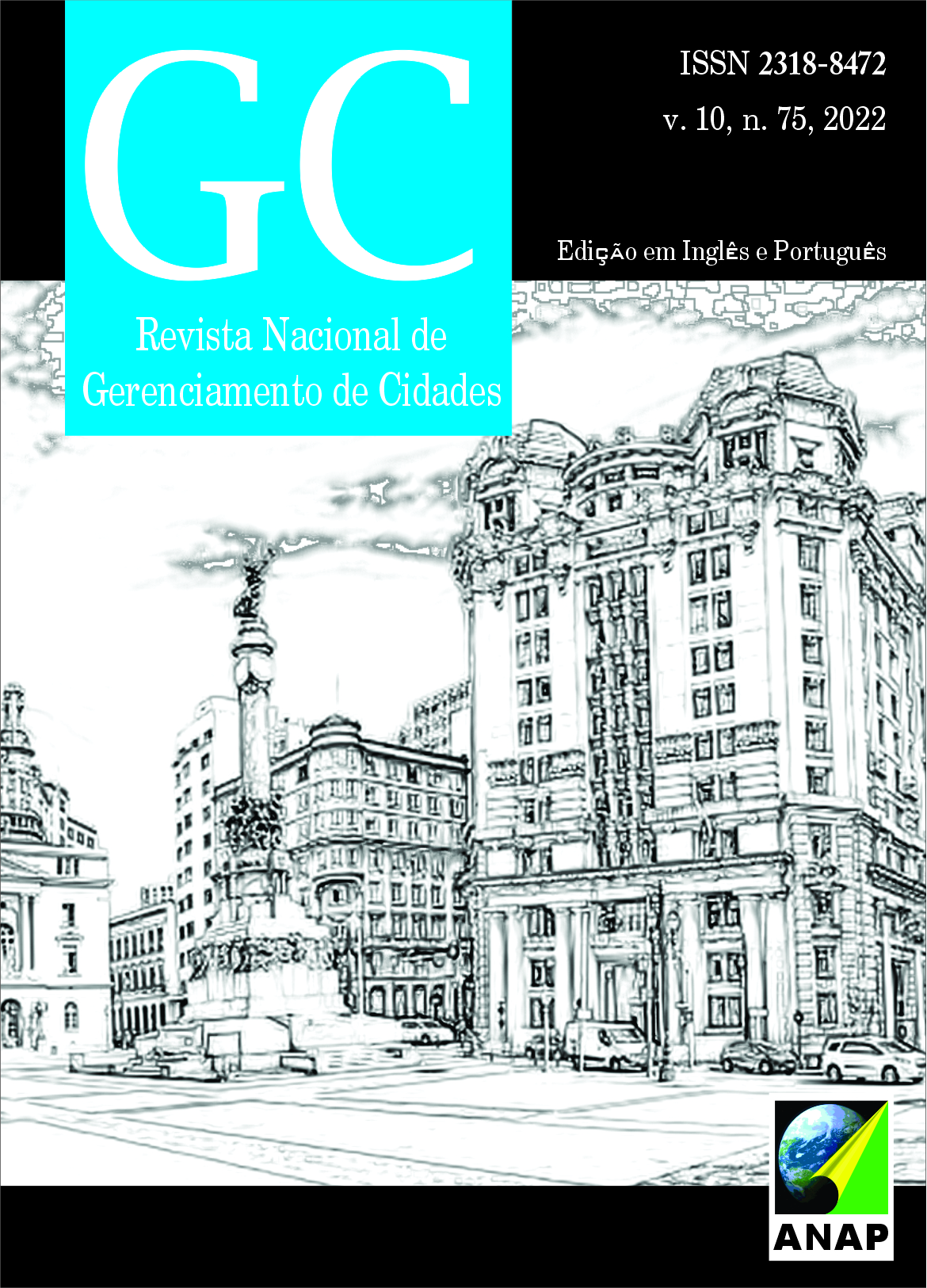Spatial orientation and accessibility in the Botanical Garden of Juiz de Fora, Minas Gerais (Brazil)
DOI:
https://doi.org/10.17271/23188472107520223173Keywords:
Accessibility. Spatial orientation. Public parks.Abstract
Ergonomic requirements have become pillars for the development of varied skills. They enable individuals to get oriented and to move in every environment. These requirements, together with other elements, must grant the quality of accessibility for the greatest number of people. Everyone should be able to move without the help of third parties, which means actual social inclusion. Accessibility is everyone's right and finding orientation means understanding where you are in space and time, therefore being able to define your own displacement. Given these points, this article presents an ergonomic analysis of the facilities of the Botanical Garden of the Federal University of Juiz de Fora: it preserves a large green area within the urbanization and it has a great haven for leisure and contemplation. The Botanical Garden is also a space that promotes educational experiences through cultural events, lectures, and courses for the city's population.














